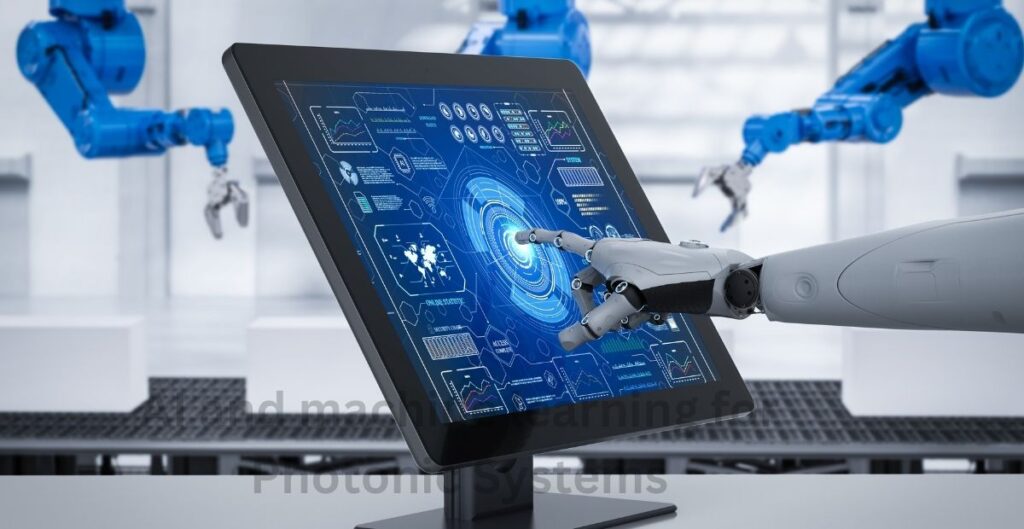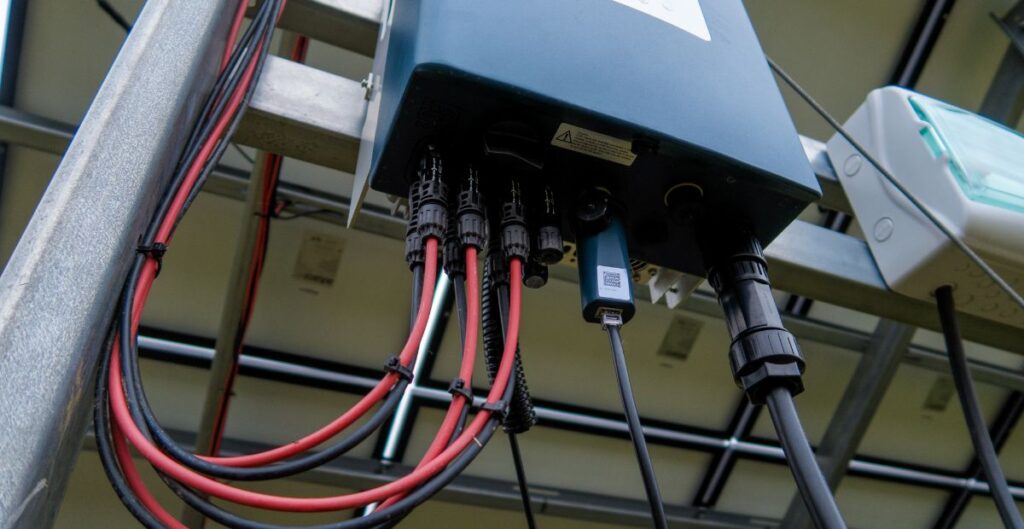Understanding and predicting the behavior of systems like weather, robots, or even smart energy grids is tough because these systems are nonlinear and constantly changing over time. This is where deep Koopman learning of nonlinear time-varying systems becomes very useful.
It helps us turn complicated systems into something easier to study by using the Koopman operator and deep learning. This approach lets us model hard-to-predict systems using tools that work better with linear systems.
- Koopman Operator Theory Explained
- Time-Varying System Modeling in Deep Learning
- Nonlinear Dynamics and Deep Koopman Networks
- Applications of Koopman Learning in Real-World Systems
- Deep Koopman Model Training and Architecture
- Koopman-Based Predictive Control Systems
- Future of Koopman Operator in AI and Automation
- Koopman Operator vs Traditional Methods
- Frequently Asked Questions
- Conclusion
Koopman Operator Theory Explained
The Koopman operator is a mathematical idea that helps us study nonlinear systems by lifting them into a higher space where they behave more like linear systems. In simple words, it gives us a way to turn a difficult problem into a simpler one.
When combined with deep learning, the Koopman operator becomes even more powerful. Neural networks can learn how to move a system into this new space and make better predictions.
Time-Varying System Modeling in Deep Learning
Many real-world systems change their behavior over time. These are called time-varying systems. For example, a robot may move differently depending on its battery level, or a temperature sensor may act differently in summer vs. winter.
Deep Koopman learning helps us understand and model these systems. It uses deep neural networks to learn patterns that change over time, making predictions more accurate and reliable. These models adjust as the system changes.
This is very helpful in places like:
- Smart home systems
- Self-driving cars
- Power management in smart grids
Nonlinear Dynamics and Deep Koopman Networks
Nonlinear systems are those where small changes can cause big results. These are hard to predict. Deep Koopman networks help by using neural networks to find a space where the system looks more linear and easier to work with.
This helps with:
- Making accurate predictions
- Understanding how the system behaves
- Designing better control systems
By using this method, we can even break down the system into simple parts and study how each part behaves.
Applications of Koopman Learning in Real-World Systems
Deep Koopman learning of nonlinear time-varying systems is already being used in many industries. Here are some examples:
- Healthcare – to predict how diseases progress
- Energy systems – for power demand forecasting and grid stability
- Autonomous vehicles – to make better driving decisions in real-time
- Climate science – to improve weather predictions
- Industrial automation – to plan machine maintenance before failure
In all these areas, the Koopman-based method helps by turning unpredictable systems into more stable and understandable ones.
Deep Koopman Model Training and Architecture
Here is a simple way to build and train a deep Koopman model:
- Collect time-series data from the system
- Use an encoder to map data into a hidden space
- Apply the Koopman operator in that space
- Use a decoder to turn the predictions back into their original form
- Train the model using loss functions that compare predicted vs. actual values
Common tools for this include:
- TensorFlow
- PyTorch
- PyKoopman (a Python library designed for Koopman models)
These tools make it easier to experiment with different model structures and improve accuracy.
Koopman-Based Predictive Control Systems
Predictive control is when a system looks ahead and plans its actions based on what it expects to happen. Koopman learning helps here by making those predictions better and faster.
Benefits of Koopman-based control:
- Works better in real-time
- Handles changing systems
- Needs less computing power compared to traditional nonlinear models
This is important in industries like robotics and manufacturing, where timing is critical.
Future of Koopman Operator in AI and Automation
As machines and systems get smarter, we need better ways to model and predict their behavior. The Koopman operator, when combined with deep learning, offers a path toward self-adaptive and intelligent systems.
In the future, this could lead to:
- Better digital twins for system simulations
- Smarter cities with efficient traffic and energy systems
- More advanced self-driving systems
- Intelligent robots that learn as they operate
Koopman Operator vs Traditional Methods
| Feature | Koopman Learning | Traditional Methods |
| Handles nonlinearity | Yes | No |
| Works for time-varying data | Yes | Often not |
| Easy to update | Yes, through retraining | Harder to adapt |
| Scalable | Yes, with deep learning | Limited by manual modeling |
Frequently Asked Questions
What is the deep Koopman theory?
Deep Koopman theory combines the Koopman operator with deep learning. It transforms a nonlinear system into a linear one using neural networks, which makes it easier to predict and control.
Is Koopman operator nonlinear?
No, the Koopman operator itself is linear, but it is used to model nonlinear systems by mapping them into a higher-dimensional space where their behavior appears linear.
What is the Koopman operation?
The Koopman operation refers to applying the Koopman operator to a system. It helps study how functions of a system’s state change over time, which makes prediction and analysis more straightforward.
What is the Koopman operator theory for dynamical systems?
It is a mathematical theory that allows us to study dynamical systems using linear operators. This is especially useful for nonlinear and time-varying systems, which are otherwise difficult to understand.
Conclusion
Deep Koopman learning of nonlinear time-varying systems is a modern and powerful approach to handle the complexity of real-world systems. It combines mathematical theory with AI tools to turn unpredictable systems into predictable ones.
If you’re working with complex systems that change over time, this method offers a smarter, faster, and more reliable way to model and control them.






